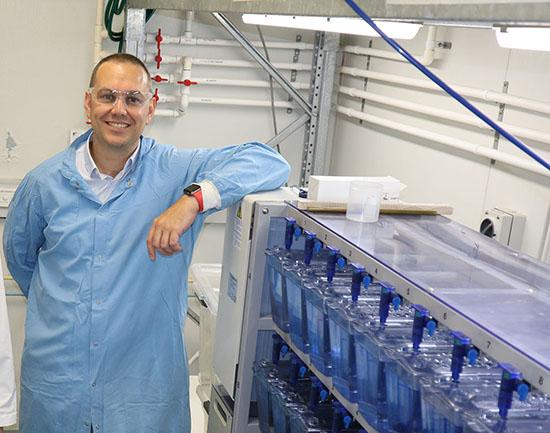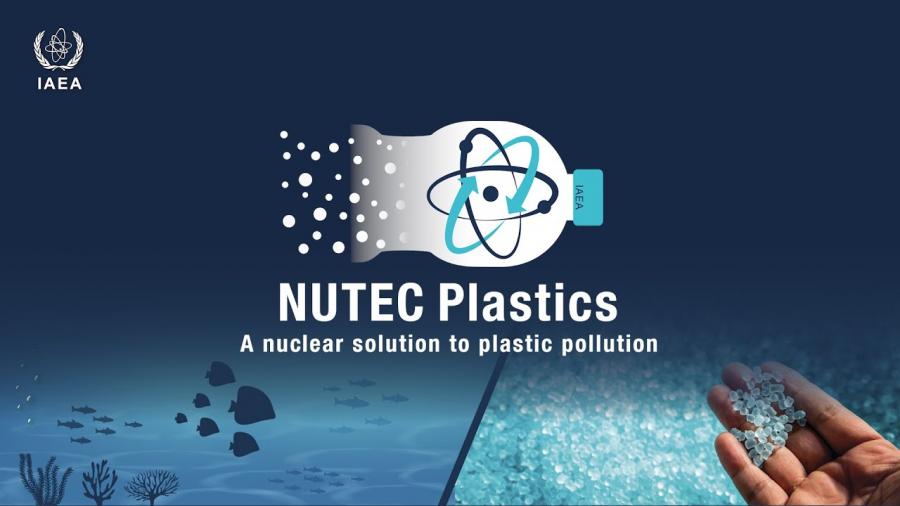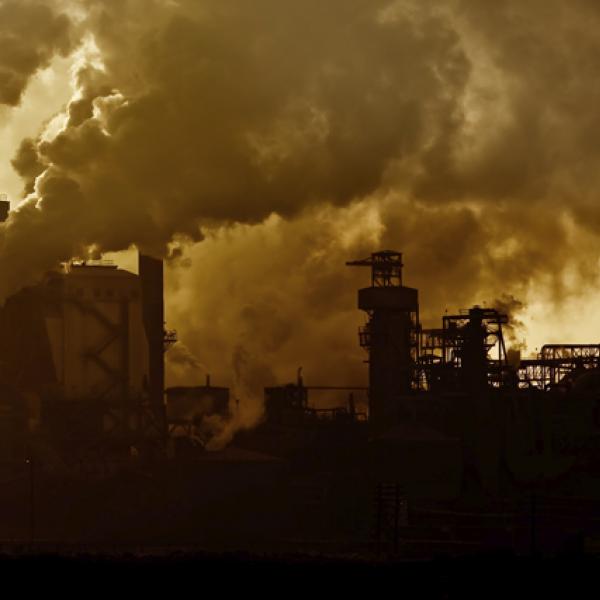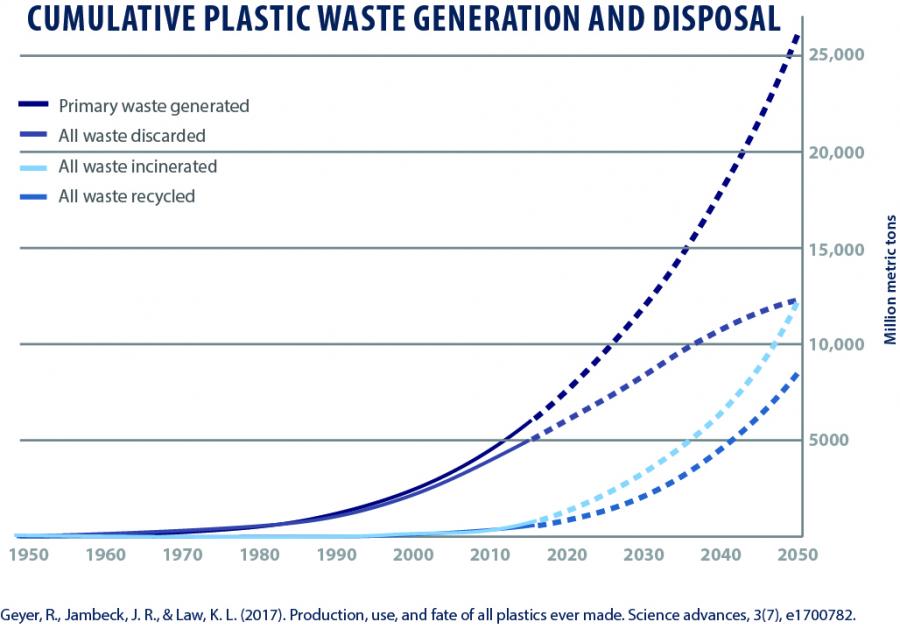
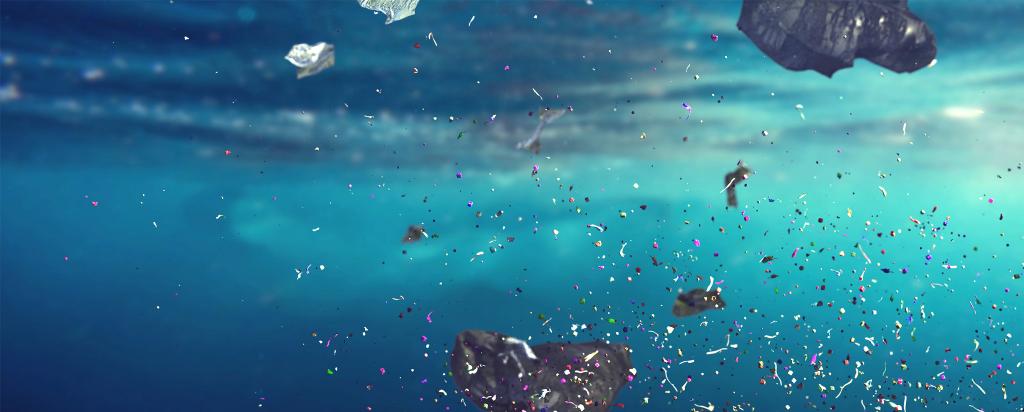
Published on the 19th May 2022 by ANSTO Staff
Key Points
-
ANSTO is sharing its significant expertise in assessing the impact of contaminants on aquatic environments to contribute to an International Atomic Energy Agency project on plastics
-
The project will enhance regional understanding of the growing presence and impacts of plastic pollution in the seas and oceans of the Asia Pacific
-
Nuclear scientists at ANSTO have specialist capabilities to assess the impact of contaminants, including plastics
ANSTO is sharing its significant expertise in assessing the impact of contaminants on aquatic environments to contribute to an International Atomic Energy Agency Asia-Pacific region project on Monitoring the Marine Environment for Enhanced Understanding of the Abundance and Impact of Marine Plastics.
The project was undertaken to enhance a regional understanding of the abundance and impact of marine plastic pollution in the Asia Pacific.

Plastic pollution is one of today’s most pressing global environmental challenges and a direct threat to sustainable development. According to projections, by 2025 the ocean will contain one tonne of plastic for every three tonnes of fish, and by 2050, there may be more plastic in the ocean than fish. Read more
The collaborative project was established to set up a national coordination mechanism between institutions for the sustainable management of marine plastic pollution.
It involves creating a regional network to monitor and assess the impact of plastic pollution in our oceans, seas and waterways.
The project ensures that laboratories are adequately equipped with trained staff and that they have appropriate protocols for monitoring and assessments.
“The use of nuclear and advanced techniques is critical in building capacity to identify the sources, distribution patterns, and trends in the prevalence of microplastics and nanoplastics in our marine environments,” said Dr Tom Cresswell, senior research scientist and project member.
“Other organisations are undertaking the monitoring,”
The creation of baseline surveys, a status report and identification of trends is expected to improve the management of plastics in the Asia Pacific region. One of the key project outcomes is the harmonisation of plastic monitoring processes among more than 40 participating countries.
ANSTO has a range of specialist capabilities to assess the impact of contaminants, including plastics.
Past and planned research includes studies to detect and determine the quantity of radioactive substances on the surface of microplastics; the development of radiotracers to detect and track radioactive substances on microplastics and nanoplastics; understanding how nanoplastics behave in marine environments and assessments of the behaviour of microplastics in wastewater treatment processes.
“For example, we have used multi-disciplinary techniques across ANSTO facilities to assess if the different types of plastics act as environmental sinks for radioactive substances and metals,” said Dr Cresswell.
“We are planning some ground-breaking work using nuclear techniques to determine the biodistributon of microplastics aquatic organisms, furthering our understanding of whether and how microplastics end up in tissues of seafood,” he added.
The IAEA has an umbrella program, NUclear TEChnology for Controlling Plastic Pollution (NUTEC Plastics) for marine monitoring and the recycling of plastics with irradiation. Read more
